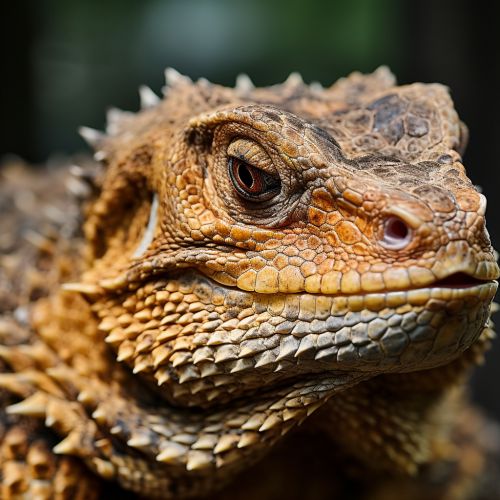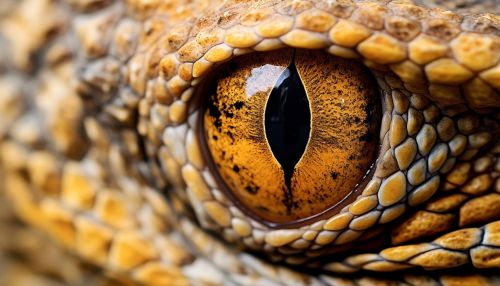Reptiles
Introduction
Reptiles are a group of vertebrates that include creatures such as snakes, lizards, turtles, crocodiles, and dinosaurs. They are characterized by their dry scaly skin and, in most cases, the ability to lay hard-shelled eggs. Reptiles are found in every continent except Antarctica, and they play vital roles in their respective ecosystems.


Classification and Evolution
Reptiles belong to the class Reptilia, which is divided into four orders: Testudines (turtles), Squamata (lizards and snakes), Crocodilia (crocodiles and alligators), and Rhynchocephalia (tuatara). The evolution of reptiles dates back to about 310-320 million years ago in the Carboniferous period. They evolved from advanced reptiliomorph amphibians and became the dominant terrestrial vertebrates for over 200 million years.
Anatomy and Physiology
Reptiles have a number of distinctive anatomical and physiological features. They possess a robust skeletal system, which includes a spinal column, a skull, and appendages. Unlike mammals, reptiles do not have a diaphragm; instead, they breathe using muscles around their ribs. Reptiles are ectothermic, meaning they rely on the environment to regulate their body temperature.
Reproduction and Life Cycle
Most reptiles reproduce sexually, with internal fertilization. The majority are oviparous, laying eggs that are protected by hard or leathery shells. Some species, however, are ovoviviparous or viviparous, giving birth to live young. The life cycle of a reptile begins with the egg stage, followed by the juvenile stage, and finally the adult stage.
Ecology and Behavior
Reptiles occupy a wide range of ecological niches and exhibit a variety of behaviors. Some are solitary, while others live in groups. Many reptiles are carnivorous, feeding on a diet of insects, small mammals, birds, and other reptiles, but some are herbivorous or omnivorous. Reptiles also have a variety of defense mechanisms, including camouflage, venom, and the ability to autotomize, or shed, their tails.
Conservation
Many species of reptiles are threatened by habitat loss, pollution, climate change, and overexploitation. Conservation efforts for reptiles include habitat preservation, captive breeding programs, and legal protections. Despite these efforts, many reptile species continue to decline in number, highlighting the need for continued conservation efforts.
